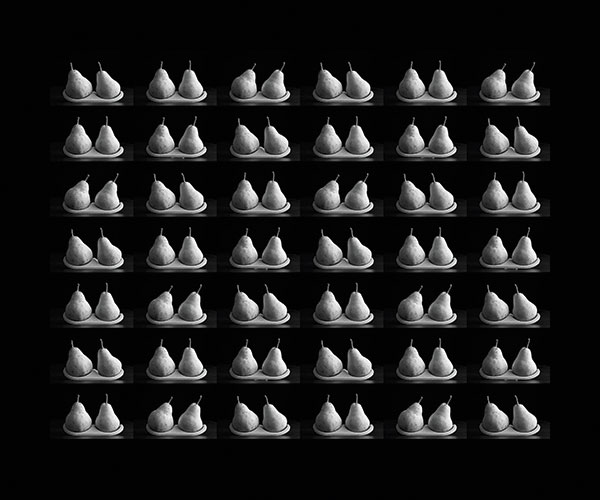
Hunt is a champion of omney — A collector, curator and consultant who lives and works in New York. Our good friends at the Photo Center Northwest sat down with Bill and he dropped some serious knowledge — including his Top Ten Tips on how to get in front of a curator, collector or dealer. My buddy Rafeal and the PCNW will be dropping by the blog from time to time to bring a unique perspective on fine art photography. You have a rich history working with world-renowned photographers, many of whom you represented in your gallery. Many of these artists have walked the commercial and fine art routes simultaneously quite successfully. Can you give some examples of artists who have done this successfully? I love this question because I love working with photographers who have successful commercial practices. There are a number of reasons. One is happiness.
Gallery and Art Market
In this column we look at some of the business aspects of fine art photography: getting established, finding clients, looking for gallery representation, marketing techniques, and finding your style and direction. Shutterbug: What has been your experience in establishing yourself in the fine art photography world? Cheyenne L Rouse: I have been shooting professionally since I began shooting adventure sports stock photography that I marketed myself as did my 10 worldwide stock agencies and did that quite successfully until After September 11, , the stock photography market took a tumble and the world was going digital and I really wanted nothing to do with it. It was at that time I decided that I needed to take a break and decide what my next move would be. I had an opportunity to open a small gallery in Scottsdale. I opened and ran Ancient Light Gallery in and after a successful two-year run I decided I wanted to be more mobile and have more freedom to travel and lead photo workshops. I decided art shows would be my next move so that is what I did. I learned as much as I could about the art show world and it was a pretty big learning curve. Many think it is as easy as setting up a booth and the sales start happening but it is much more involved than that.
About the Author
It has not been an easy road, but nothing in this business is an easy road. It takes hard work, determination, commitment, and lots of long hours but this is what I feel I was born to do so I keep at it show after show. National Geographic Creative natgeocreative. National Geographic Creative is a stand-alone talent agency within National Geographic and has big plans for the future. Artists view reward differently, some see it as dollars and others see it as visibility or recognition. I see it as both.

Career Path
While endless tutorials on how to make a living as a portrait photographer can be found with a quick google search, how to make a living as a fine art photographer remains a more nebulous subject. So, it came as a surprise to him that finding a job in the area of his major was such a difficult prospect. Like many young people in the workforce, he was overqualified, under-experienced, and too young to be taken seriously in his chosen career field. To make a living, Matias fell back on photography, a hobby that had earned him money in the past. According to Matias, the first thing a fine artist must do is cultivate the right mindset. Matias recognized that what his clients buy is not paper and ink, but the experience the viewer has while enjoying the image, and the perceived status that comes with owning a piece of fine art.
Make Money with Photography Locally
What is it you’re wondering? Art is an all-encompassing term that refers to all human creativity. We know that a bad photograph of a landscape will not be fine art. The suspended models look like they exist on some mythical, ethereal plane. It is an area where you can take your time to plan and experiment, as they are static structures. Discover More Articles. This is an online marketplace for art and photography. To achieve this style, first, look at the light. In addition, event photography is one area that lends itself to finding new potential clients. By using these topics meant I could work harder and stay focused longer. The key to blogging well is posting quality content regularly.
Make Money with Photography Online
I once had an art gallery that showed a lot of photographic work and I also ran a studio where we collaborated with many highly successful photographers. So I understand the photography market and how to sell photographs. I believe that all artists, photographic and otherwise, are self-employed small business owners and that as such, phofography have specific responsibilities.
Gallery and Art Market
They must understand their market, behave professionally ffrom that market, and be able to set and achieve financial goals. Photographers also need to understand the unique financial and legal situations that this business entails. It is important to get professional legal and financial advice before embarking on sales. There photoyraphy many resources out there, you are not on your. But too many photographers yearn for a gallery or an agent to take care of all the details for. Such an easy solution is pure fantasy. Even if someone was willing to take on those duties, it is still your responsibility to understand and oversee your business. I have seen many photographers lose everything at the hands mae unscrupulous dealers and agents because they gave their power away. And a portfolio of your work both online and off is a. This portfolio should be curated carefully. Instead, take your viewer on a journey.

Comments
Post a Comment